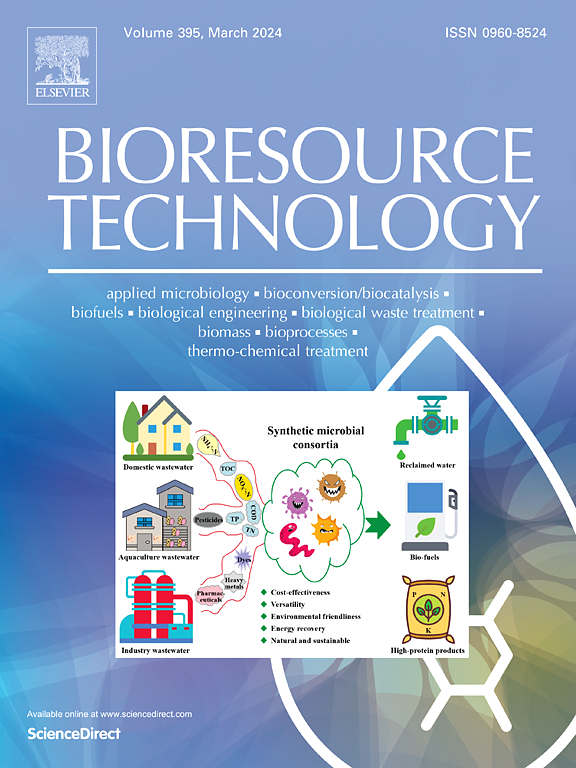Mobility and bio-accessibility of available phosphorus in sewage sludge: Influencing mechanism of hydrothermal pretreatment and incineration
IF 9.7
1区 环境科学与生态学
Q1 AGRICULTURAL ENGINEERING
引用次数: 0
Abstract
Accurate assessment and enhancement of phosphorus (P) availability are critical for land application of sewage sludge and its thermal-treated products. By simulating different functioning pathways of P in soil, a novel multivariable scheme was developed to evaluate P availability from the perspective of mobility and bio-accessibility, then was applied to investigate the effects of hydrothermal pretreatment (HT), carbonaceous skeleton-assisted HT (CSkel-HT), and incineration on this topic. Sludge contained predominantly slow-release and microbial-available P (>50.0 % of total P). HT and incineration reduced available P through filtrate discharge, organic-P decomposition, and Fe/Al-P volatilization. Surprisingly, CSkel-HT addition promoted soluble Ca/MgHPO4 and thermal-stable Fe/AlPO4 formation under acidic conditions, which not only retained the slow-release and microbial-available P in hydrochar and ash, but also increased the rapid-available and plant-available P contents by 25.0 % and 300.0 %. Our scheme provided more informative insights than traditional single-index methods, and revealed the enhancing mechanism of CSkel-HT on P availability.

求助全文
约1分钟内获得全文
求助全文
来源期刊

Bioresource Technology
工程技术-能源与燃料
CiteScore
20.80
自引率
19.30%
发文量
2013
审稿时长
12 days
期刊介绍:
Bioresource Technology publishes original articles, review articles, case studies, and short communications covering the fundamentals, applications, and management of bioresource technology. The journal seeks to advance and disseminate knowledge across various areas related to biomass, biological waste treatment, bioenergy, biotransformations, bioresource systems analysis, and associated conversion or production technologies.
Topics include:
• Biofuels: liquid and gaseous biofuels production, modeling and economics
• Bioprocesses and bioproducts: biocatalysis and fermentations
• Biomass and feedstocks utilization: bioconversion of agro-industrial residues
• Environmental protection: biological waste treatment
• Thermochemical conversion of biomass: combustion, pyrolysis, gasification, catalysis.
 求助内容:
求助内容: 应助结果提醒方式:
应助结果提醒方式:


